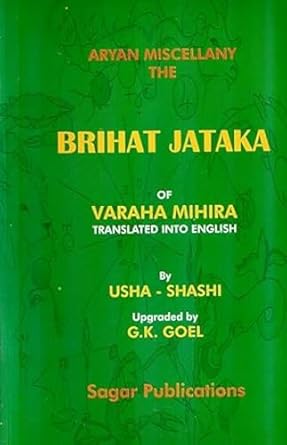Bharat’s cultural heritage, an intricate mosaic of ancient monuments, archaeological sites, and antiquities, stands as a living chronicle of its millennia-spanning civilization. The Ancient Monuments and Archaeological Sites and Remains Act, 1958 (AMASR Act) serves as the legal cornerstone of Bharat’s commitment to preserving this invaluable legacy. Enacted to protect and conserve monuments, sites, and antiquities deemed of national importance, the Act establishes a robust framework to shield Bharat’s heritage from neglect, destruction, and exploitation. This chapter embarks on an interpretive journey through key sections of the AMASR Act, unraveling their legal intricacies, practical implications, enduring relevance and failures in safeguarding Bharat’s cultural treasures. By examining the Act’s provisions, including amendments that have strengthened its scope, we aim to illuminate its role in balancing preservation with modern demands, ensuring that Bharat’s past remains a vibrant part of its future.
The said Act is comprising of 63 Sections in 11 chapters. Originally the said Act was having only 39 Sections, but over the time more 24 sections were added and relevant chapters were also added to the said Act. Very first chapter is Preliminary having three sections 1 to 2A. This chapter consists of general provisions and definitions for interpretation of the said Act. Next chapter titled as Ancient Monuments and Archaeological Sites and Remains of National Importance consists of Section 3 to 4A which are revolving around the national importance of the ancient monuments. Third Chapter Protected Monuments comprising of Section 5 to 18 is providing for acquisition, preservation, applications, agreements, maintenance etc.
Forth Chapter consists of provisions related to the protected areas in Sections 19 and 20. After chapter IV, three new chapters IV-A, IV-B and IV-C were inserted in 2010 by the Ancient Monuments and Archaeological Sites and Remains (Amendment and Validation) Act, 2010 (AMASRAV Act). This amendment is crucial. The Chapter IV-A titled as Prohibited and Regulated Areas comprising of Sections 20A to 20C which are providing for prohibited area and regulated areas around the protected monuments. Chapter IV-B Grant of Permission by Competent Authority comprising of Section 20D to 20E which deals with the provisions of permissions and heritage bye-laws. Chapter IV-C titled as National Monuments Authority provides for constitution and working of the NMA through Section 20F to 20Q.
Further in Chapter V Archaeological Excavations, provisions related to the excavations and purchase are enlisted under Sections 21 to 24. Chapter VI comprising of Sections 25 and 26 deals with Protection of Antiquities. Chapter VII comprising of Sections 27 and 28 provide for Principles of Compensation. Chapter VIII which is last chapter of the Act provides miscellaneous provisions related to the delegations of power, punishments, penalties, fines, offences, jurisdiction, delisting, repeal and savings, etc.
In further sections of this book, all you are going to read interpretation of the provisions of the said Act in simple and easy language. Daily one article is published on this site regarding this Act, hence kindly bookmark this site in your browser and spend only five minutes in reading and enhancing your knowledge.

Image credit: https://x.com/GemsOfINDOLOGY




